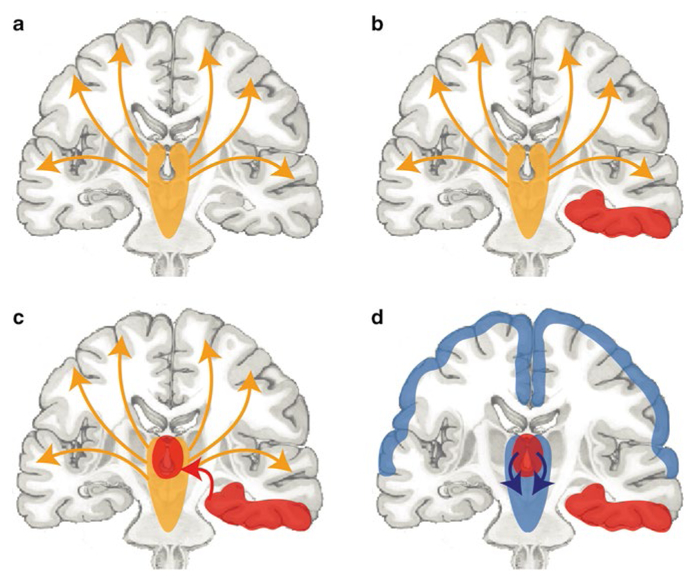Fig. 5.2. Network inhibition hypothesis.
(a) Under normal conditions, the upper-brainstem and diencephalic activating systems interact with the cerebral cortex to maintain normal consciousness. (b) A focal seizure involving the mesial temporal lobe. If the seizure remains localized, a simple partial seizure will occur without impairment of consciousness. (c) Seizure activity often spreads from the temporal lobe to midline subcortical structures and propagation often extends to the contralateral mesial temporal lobe (not shown). (d) Inhibition of subcortical arousal systems leads to depressed activity in bilateral frontoparietal association cortex and to loss of consciousness (Modified from Englot et al. [3] with permission)

